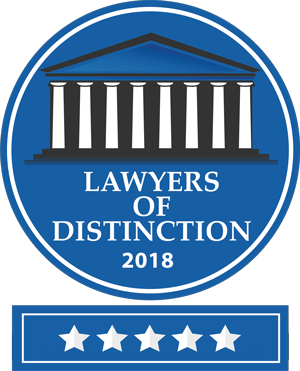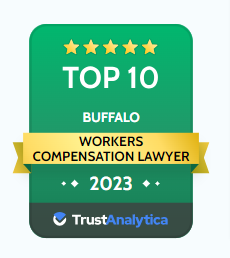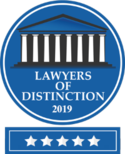New York Workers Compenstation Alliance: Protecting Injured Workers
Jun 14, 2016 -- Posted by :In 2007, the Business Council of New York State finally achieved the goal it had sought for over a decade – putting time limits on payments for permanently disabled workers. At the time, the Business Council and the state claimed the change would save employers over $1 billion. Ten years later, employers’ workers’ compensation costs are still lower than they were before the “reforms.”
Huge savings for employers came at huge expense to workers, especially the most vulnerable – low wage workers and immigrants. Those who were permanently disabled as the result of workplace injuries and illness faced two certainties: they would never be able to return to their jobs, and their wage loss benefits would be cut off as soon as four years and at most ten years after they were “classified.” Many of these workers face a lifetime of disability without any income from their employer’s workers’ compensation insurance.
Still not satisfied, the Business Council has threatened to renew its assault on benefits for injured workers - and implies that it has influenced the state’s Workers Compensation Board to participate in the campaign. Lev Ginsburg, director of government affairs for the Business Council, was recently quoted as stating that despite the 2007 reforms “We have been calling for significant workers’ compensation reform almost daily for a number of years.”
In particular, the Business Council wants to reduce benefits for permanently disabled workers even further by starting the time limitations “from the date of injury,” instead of the date of permanency. Moreover, it wants to slash awards for accidents that result in amputated limbs, artificial joints, broken bones and more, known in the system as “schedule loss” cases. According to Ginsburg, the state Workers’ Compensation Board has been working on new guidelines to reduce schedule loss awards. Needless to say, the Business Council thinks this would be “a very significant and meaningful first step” in cutting worker benefits.
According to Ginsburg, the state’s existing guidelines are based on “1983 science” and changes are needed “to stymie the runaway costs of schedule loss of use awards.” Both of these claims are false.
The state’s current guidelines were issued in 2012, without objection from the Business Council. The 2012 guidelines cover the calculation of awards for both permanent disability and schedule loss. Ginsburg’s claim about “1983 science” is difficult to square with guidelines that were issued less than four years ago.
In addition, because workers’ compensation benefits depend largely on the worker’s salary, schedule loss awards have not increased for workers who earn less than $600 per week since 1992, nearly a quarter-century ago. These low-wage and largely immigrant workers suffer about one-third of all workplace accidents.
Moreover, for workers who earn up to $1,000 per week, schedule loss awards today are lower than they would have been if benefits had simply kept pace with inflation for the past twenty-five years, instead of remaining stagnant from 1992 until 2007. Nearly two-thirds of injured workers fall into this category.
If the Business Council gets its wish, low wage and immigrant workers, whose benefits were already slashed in 2007, would face a second round of benefit cuts. Every one of these workers who suffers a permanent disability or schedule loss would receive less benefits in 2017 than they would have gotten in 1992. Workers with higher wages, whose awards for temporary disability and schedule loss improved slightly in 2007 at the expense of drastic cuts in permanent disability benefits, would give back most of their limited gains. In short, the Business Council once again seeks to enrich business at the expense of injured workers.
The Governor, the Legislature, and the Workers’ Compensation Board should reject the Business Council’s campaign, and should instead seek to preserve and improve benefits for injured workers.
Data about schedule loss awards can be found here.
Lev Ginsburg's statements to WorkCompCentral can be found here.











